A little biog about A/D Carrie Whitaker
I am delighted to see that I have been named as a case study artist on the dance BTEC course. To help teachers and dancers, I thought it might be useful to share a bit about my career and training.
I would describe myself as a portfolio dance artist, put simply this means that I have lots of different roles in dance on a day-to-day, week-to-week basis. This keeps my work life full of new experiences and challenges and means I’m always learning something new. I’ll try to give you a window into some aspects of this!
As Co-Artistic Director of Lîla Dance, a large part of my dance career has been with the company. Lîla was established in 2005 and initially I performed in all the dance works, where I was able to develop the movement ideas and themes from within the process, under the direction of Co-artistic director Abi Mortimer. More recently I have stepped out of the role of performer and moved into the role of choreographer. My most recent show The Hotel Experience, brings together dance, text and set to tell the story of a man who checks into a hotel rather than board a plane to his own wedding! In all our dance works we like to tell accessible narratives so that everyone can enjoy coming to our shows and not feel that contemporary dance has a secret language. You can purchase this work in our shop if you want to watch the full show :)
When I make a new choreographic work, it is important to me that I welcome in the creative ideas of different artists and dancers throughout the process. Sharing ideas with others and hearing their perspective helps me to keep developing my creative approaches.
Lîla delivers lots of varied classes, workshops and commissions throughout the year. I love delivering these as it is a chance for me to share our creative approaches with people of all ages and experiences. Teaching others helps me to understand what I do and what is important to me. It also reminds me that regardless of how long I have been dancing, there is always more to discover, and this is highlighted by the range of dance responses that emerge when I work with different communities.
Being Co-Artistic Director of Lîla Dance has also meant that I have had to become good at administrative jobs! Developing clear communication skills, verbal and written, and making sure that I maintain relationships with a range of people across the dance and arts sector. This has been a big journey for me as I’m quite introverted by nature so finding my voice has been a process.
Administrative roles also include writing funding apps, managing the delivery of projects, and collating data – this all sounds very boring, but it’s important in keeping the company going and making sure we can keep making new productions and delivering dance experiences.
Outside of Lîla, I’m also a senior Lecturer in Dance at The University of Chichester. Here I teach a range of classes including release technique, contact improvisation, choreography, dance theatre, and movement for actors. It’s a lovely place to work as I’m lucky to be part of a vibrant team of dancers, choreographers, and researchers. We have talented, enthusiastic students and three fantastic student performance companies .
People often ask me which conservatoire I trained at. I’m always proud to say that I studied at The University of Chichester for both my BA and MA. My courses had a strong emphasis on choreography, nurturing me to find my own creative voice and take risks in the work I was making. Training at a university meant that I had the chance to collaborate with students studying on different creative courses and this has hugely impacted my current approaches to making work. It was at UoC that I met and started collaborating with co-artistic director Abi Mortimer - so as you can see quite an important place!
Like many of you I studied dance at college and school. I hadn’t been interested in dance until I discovered GCSE dance in year 9 so I had to work hard and trust myself to explore my own movement ideas as I didn’t have any ballet, tap or modern dance training to call on. Although it was tough to come to dance without this early training, it did make me dig deep and discover all the unusual patterns and possibilities that were in my body – I had lots of original movement ideas because I wasn’t able to draw on any previous movement material. That has had a very positive impact on my choreographic voice, even though it made the technical training challenging on the early part of my dance life!
I hope this gives you a little insight… good luck with your studies.
Carrie :)



